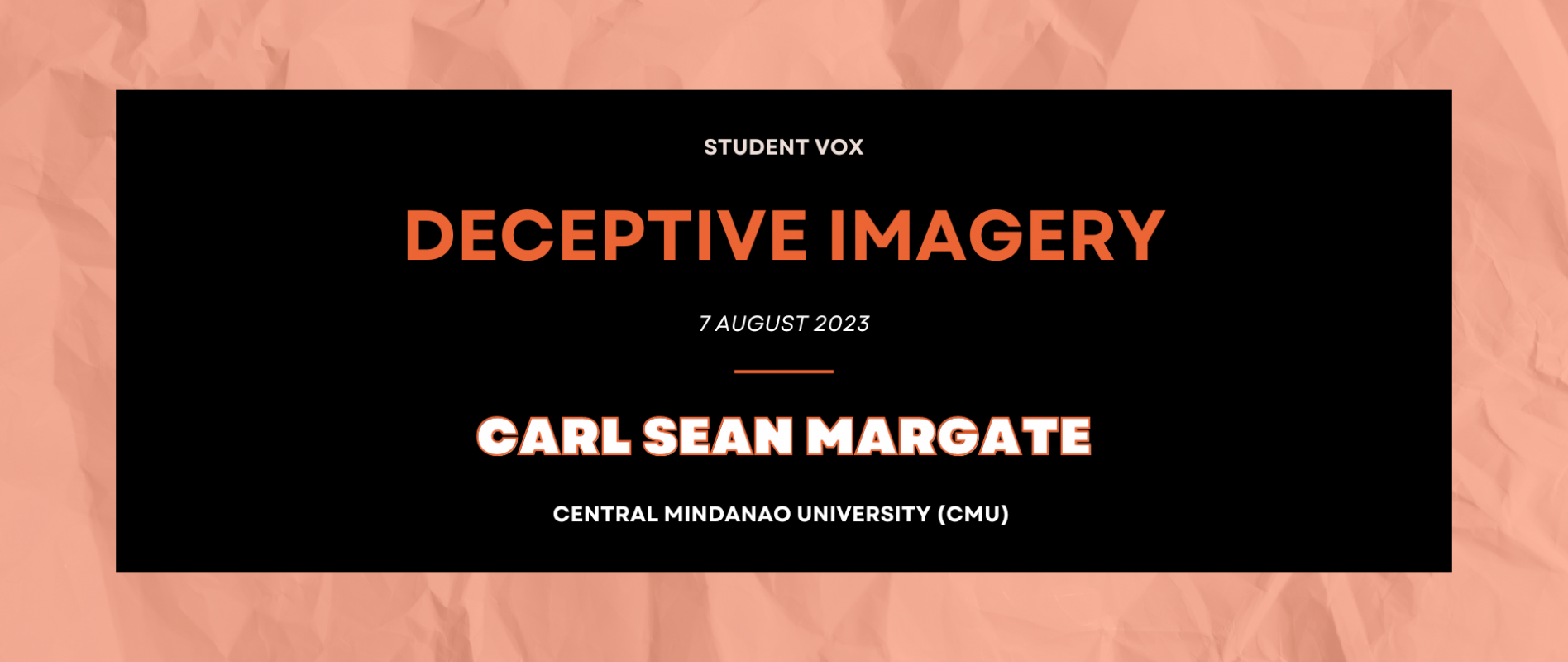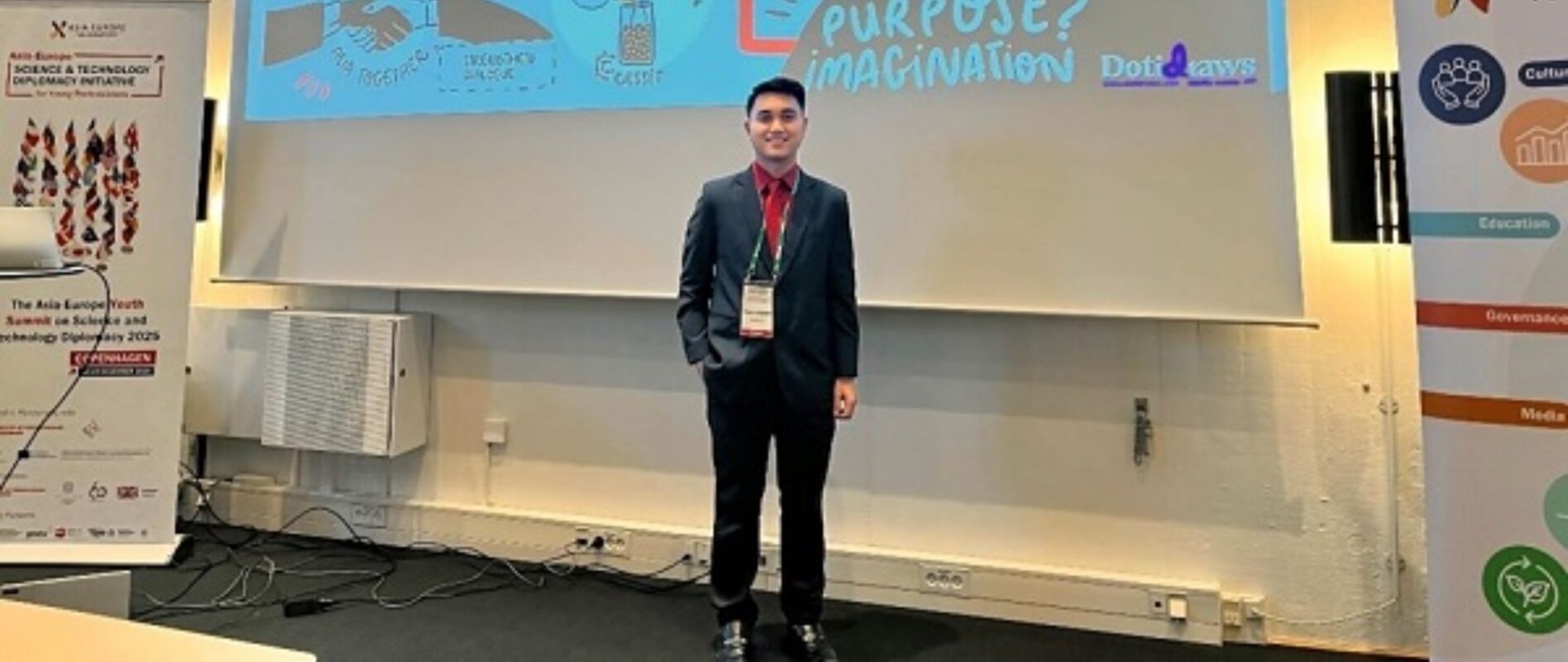DEPRESSI-ON: NEW ARISING FACTORS
Depression is not a new talk in any place in the world. It is a mood disorder that triggers a person the feeling of sadness and loss of interest persistently. A feeling we cannot understand however we try to put ourselves on their shoes because, for this case, empathy is just a word. Since it is not new, several groups and experts had already drawn such factors that could trigger the development of this mood disorder. In our current time, the time of the pandemic, do the known factors that trigger depression are still the only factors?
According to the Mayo Foundation for Medical Education and Research (MFMER), there are at least seven known general risk factors on developing depression. It is enumerated as (1) Certain personality traits, such as low self-esteem and being too dependent, self-critical or pessimistic: (2) Traumatic or stressful events, such as physical or sexual abuse, the death or loss of a loved one, a difficult relationship, or financial problems; (3) Blood relatives with a history of depression, bipolar disorder, alcoholism or suicide; (4) Being lesbian, gay, bisexual or transgender, or having variations in the development of genital organs that aren’t male or female (intersex) in an unsupportive situation; (5) History of other mental health disorders, such as anxiety disorder, eating disorders or post-traumatic stress disorder; (6) Abuse of alcohol or recreational drugs; (7) Serious or chronic illness, including cancer, stroke, chronic pain or heart disease; and (8) Certain medications, such as some high blood pressure medications or sleeping pills (talk to your doctor before stopping any medication).
Amid the pandemic, these known factors won’t count just the same, especially for students. New factors will arise for some who started their class already. These factors may include (1) No gadgets to use for the online class; (2) Lack of knowledge on using gadgets for first-time users; (3) No access to the internet or residing on dead spot area; (4) Lack of conducive area for studying; and (5) Toxicity from social media.
The fact that owning electronic gadgets nowadays is no longer someone’s “want”, but “need”. Especially in education, students must have at least a smartphone to catch up lessons (true mostly for pure online-based instruction). However, not all can afford to own one from these smartphones which cost from Php5,000.00 above. Students who cannot afford would get to think about what will happen to them. “Will I be left behind?” – questions like this that would trigger anxiety and eventually, depression.
Some are lucky to be given the opportunity of owning some gadgets for school use but we have these first-time users. Some students who normally go to school in the normal way do not have the idea about some applications which some institutions are using now for the delivery of instructions. We cannot deny the fact that some of these educational online applications require literacy in the technological aspect. Since teachers cannot personally teach how these apps work, students find it hard to use it. The lessons itself are hard for some, the issue of using these apps will just make it harder.
When we talk about online materials, we could skip talking about the internet also. We have gadgets and technological literacy, but how about our way to connect to the world – the internet? Some areas in our country are considered dead spots for internet access if not having low accessing-internet areas. Since all the online materials for online learning have something to do with the internet, the students must have a stable connection. Sadly, not all can afford a Wi-Fi or even a Data Connection. Upon having this issue, eventually, students would just have the feeling of being left behind which will lead to depression.
Another factor of risk in developing depression today is the problem of students’ study place. All educational institutions made their best to provide conducive facilities in their school, but to consider our set up today, institutions would no longer have control over this concern. Lucky you if you have your own space at home that is good for this setting, but how about those students who don’t have this kind of opportunity? How about those students who reside in noisy surroundings? These factors will eventually disturb them.
Lastly, students cannot skip the toxicity of social media. It is next to their breath getting in with their social media accounts and we cannot deny that toxicity is all around the corner. Numerous bashings and negativity can easily affect their mindset. Normal scenario, a student in a good mood will eventually end a bad mood after they read, watch or hear negativity online. This stuff will affect their mood and feeling.
We all know, just depression itself is a harm, but fighting it while fighting another unseen monster makes it even harmful especially to the students who are forcefully pushed in the digital era of education. Perhaps, the first step to decreasing if not remove this known mood disorder is to learn about its factors so might as well, we can gather our power to fight it. These factors are just a few of many other triggering factors of depression. We do not know, maybe tomorrow, these factors multiply and multiply, but one thing must be done, we need to fight it because our battle with depression is on.














